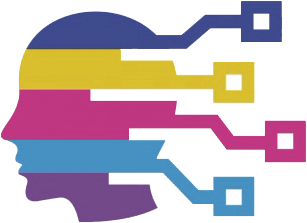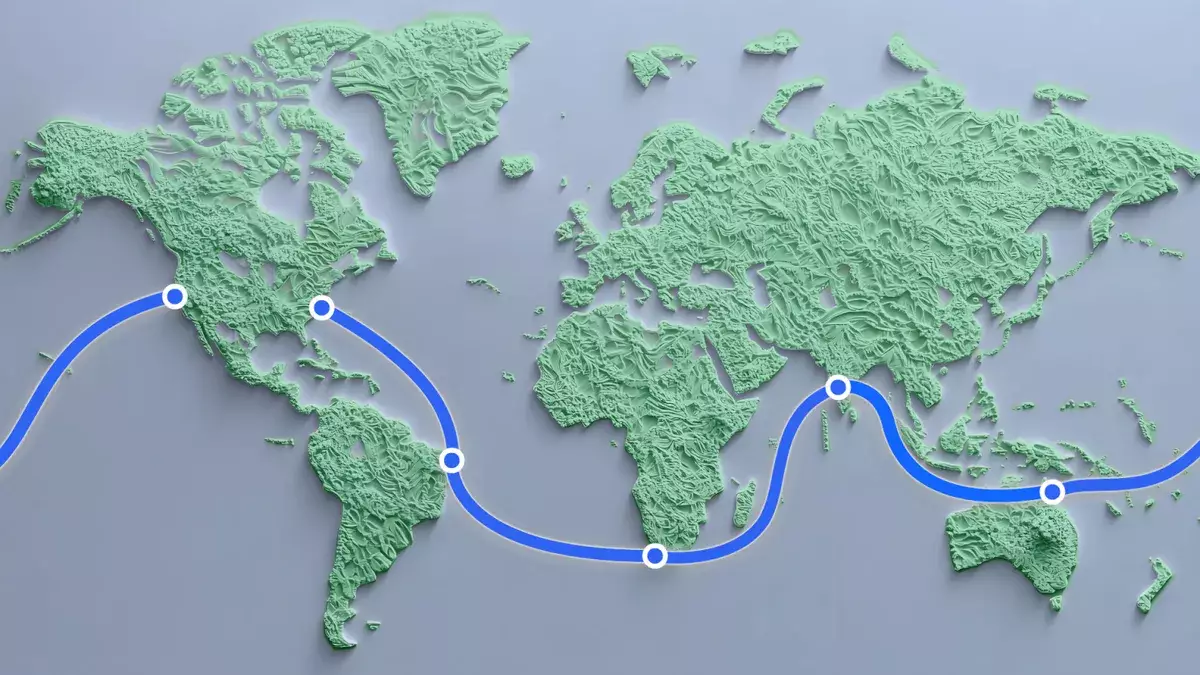In an age where digital connectivity is often perceived as omnipresent and seamlessly incorporated into our daily lives, the reality of the infrastructure that sustains this connectivity is often overlooked. As we navigate through the complex web of cyberspace in 2025, it is essential to recognize that the backbone of the internet still largely consists of physical cables that traverse the oceans and continents. Amid the constant buzz of wireless technology, Meta’s recent proposal to deploy a groundbreaking underwater cable known as Project Waterworth serves as a timely reminder of this paradox.
The Scope of Project Waterworth
Project Waterworth aims to establish a colossal underwater cable that will stretch an astonishing 31,000 miles—significantly longer than the Earth’s circumference of about 25,000 miles. This ambitious engineering feat will not merely connect different locations due to the cable’s extensive route but will transform the landscape of global connectivity between the United States, India, South Africa, Brazil, and beyond. Envisioning a cable that dives deep—up to four miles under the ocean’s surface—Meta intends to reshape international digital highways.
The envisioned trajectory will see the cable starting from the U.S. eastern seaboard, winding its way to South America, and further along towards India and Australia. In a world striving for increased connectivity, this multi-billion dollar initiative represents a strategic approach to meeting escalating demands. It will open new oceanic corridors that reinforce the infrastructure needed for Artificial Intelligence, providing a vital boost in internet speed and reliability.
Meta’s commitment to ensuring high-quality service through its newest cable project showcases a dedication to a more resilient internet framework. The development of this cable incorporates state-of-the-art engineering tactics that favor durability amid the treacherous conditions of deep-sea environments. With an eye toward innovation, Meta plans to utilize unique routing methods that maximize the installation of cables in deeper waters, away from the perils that typically threaten these infrastructures, such as ship anchors and natural faults.
By deploying burial techniques in the challenging shallow waters close to coastlines, the initiative aims to safeguard against potential damage. Such meticulous attention to logistical details highlights the importance of a robust infrastructure capable of supporting our increasingly interconnected world. Meta’s engineers face the challenge of not just laying down the longest cable, but ensuring its long-term functionality in environments that can be unforgiving.
Despite the ambitious projects undertaken by Meta, including Project Waterworth, the company has encountered significant public scrutiny regarding its role in global communications. CEO Mark Zuckerberg’s decisions to alter fact-checking frameworks have elicited concerns about the company’s responsibility in managing content across its platforms. Critically, Meta’s PR missteps juxtapose the innovations it seeks to launch, making it imperative for the company to navigate public perception skillfully.
Delivering on the promise of tangible contributions to global connectivity, Project Waterworth could be seen as an attempt to reframe Meta’s public image. By addressing integral infrastructure needs rather than solely focusing on the challenges posed by social media dynamics, Meta may find a renewed sense of purpose. The implications of this cable project, both technologically and socially, could help position the company as an enabler of societal progress, rather than merely an instigator of online controversies.
Ultimately, the advent of Project Waterworth embodies the duality of a world increasingly reliant on digital communication while grappling with the complexities of the platforms that facilitate these interactions. The successful implementation of such infrastructure could mean enhanced opportunities for innovation, education, and economic growth around the world. With a focus on bolstering the digital highways essential to the operation of advanced technologies like Artificial Intelligence, this initiative represents a tangible pathway toward a more interconnected and efficient global society.
As we move forward into an era that promises unprecedented levels of connectivity, it is crucial to acknowledge and appreciate the intricate web of technologies and infrastructure that underlie our digital experiences. Meta’s Project Waterworth serves not only as a means to an end but as a reflection of the price we pay and the complexities we navigate in the realm of modern communication.

